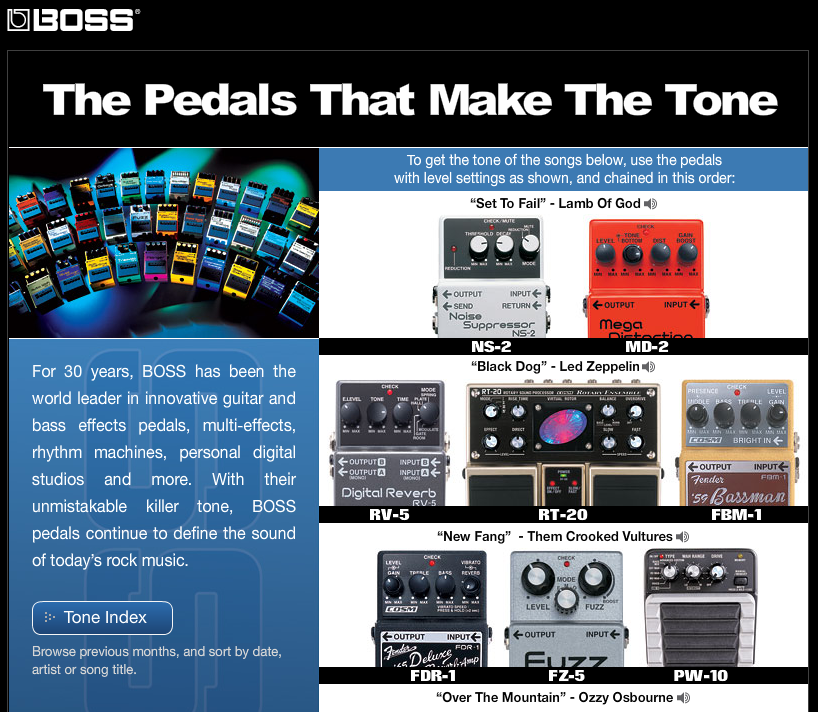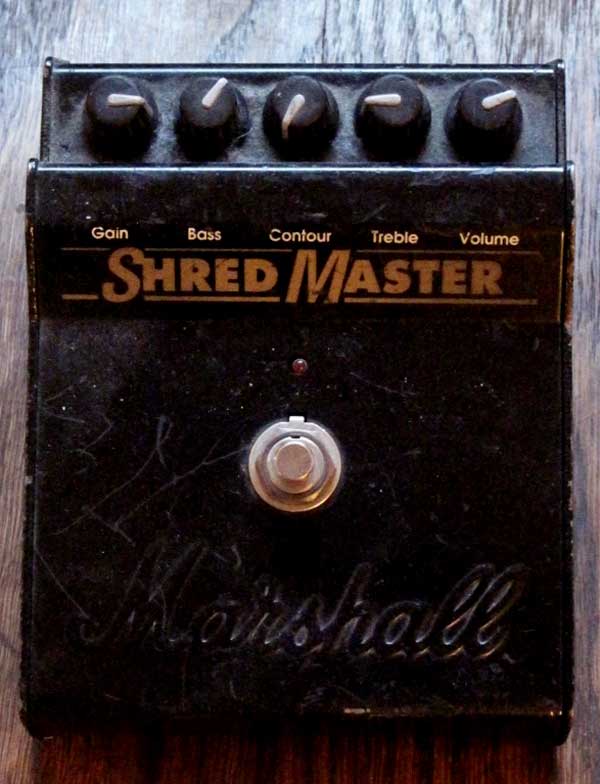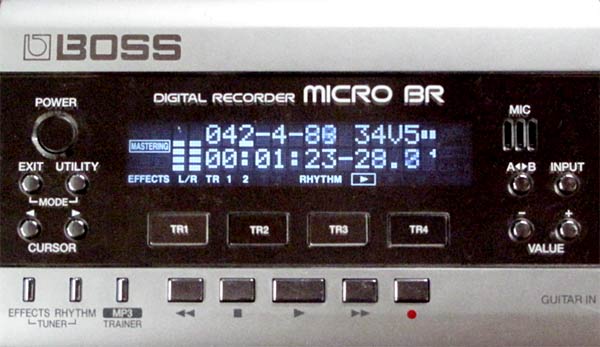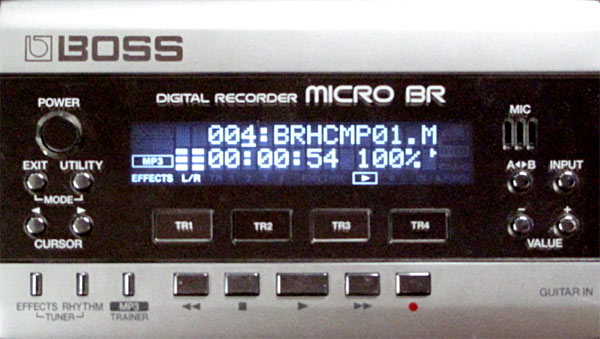I don’t think Jeff Beck needs any introduction, he is one of the inventors of rock guitar, has traded licks with everybody and, more importantly, is one of the most original rock guitarists out there.
We will see in this post how we can emulate his tone using simple effect pedals and talk about his style. If you are unfamiliar with Jeff Beck, I advise you to start with his “Live at Ronnie Scotts” released in 2008, this is Jeff Beck on stage at his best, truly amazing music.
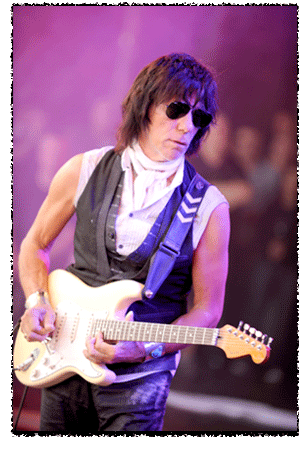
Jeff Beck to me is the perfect example of the fact that the tone is in “your fingers”. Granted, you need a bit more than your fingers to create a guitar tone but let’s say that in the case of Jeff Beck, the gear is really not more than half of his tone. Some people say he is a walking multi-effect unit and there is some truth in that. However, we will see that his choice of gear allows him to use all his sound tricks and amazing technique.
Guitars
Although he has used a lot of different guitars over the years including Les Pauls and Telecasters, Jeff Beck has been associated with the Fender Stratocaster for a good 30 years now. He exploits all of the tonal capacities of the Stratocaster: use and abuse of the tremolo arm, brightness of the bridge pickup, mellowness of the neck pickup, swells using the volume knob, slapping, etc.
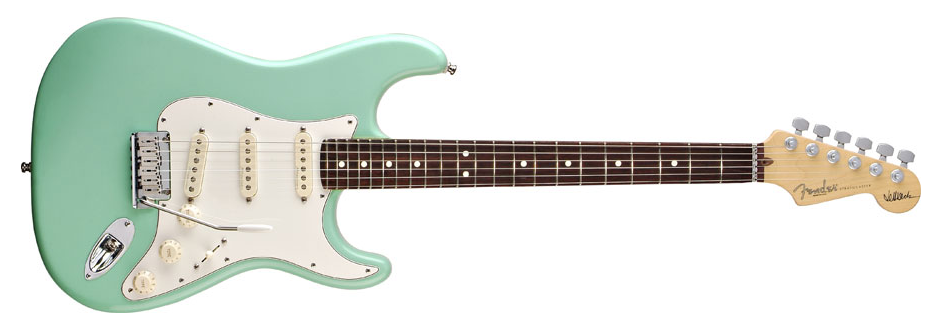
It is also interesting to see that like his fellow brit Eric Clapton, Jeff Beck has had his own Stratocaster signature model since the 80s and this signature model has changed over the years. I remember drooling over first Jeff Beck models equipped with lace sensor pickups, including a curious humbucker in the bridge position. Nowadays, the Jeff Beck Stratocaster model features Fender noiseless pickups and a modern LSR roller nut tremolo system.
Amps
Jeff Beck is quite partial to good old Marshall amps. I had the chance to see him live in Paris in 2001 and he was using JCM 2000 DSL 100 stack amps. It is a configuration he used for most of the last decade. The gear heads have noticed that for his “Live at Ronnie Scotts” in 2008 and subsequent live appearances, he seems to have been using a Marshall JTM-45 head and a Vintage Modern one. Jeff Beck’s overdriven tone has definitely a Marshall quality to it. Check out this video of Jeff Beck’s guitar tech for more information about his amp settings. According to him, most of the tone heard on the “Live at Ronnie Scotts” comes from the JTM-45, with the bass totally rolled off and a lot of the EQing is done right from the guitar, using the tone control. On this topic, normal stratocasters do not have a tone control for the bridge pickup but the Jeff Beck model has a general tone control and a TBX control.
Effects
Jeff Beck, throughout his career, has been using very few effects between his guitar and his amp. He was famous for using the Proco Rat distortion in the 80s and also a flanger at some stage during that period. When I saw him in Paris in 2001, I only saw a wah pedal between his guitar and his amps. For the live at Ronnie Scotts and subsequent live appearances he has been spotted using a quite rare and expensive Klon Centaur overdrive pedal to get more overdrive (or maybe to make up for the fact that the JTM-45 has less distortion than a more recent Marshall amp).
Now where it gets tricky is that it is not because he does not have many pedals between his guitar and amps that he does not use any effect. Actually if you listen to any of his studio recordings, there is clearly quite some reverb added to the guitar sound and often some delay too, making it very spacious. When I saw him live, I could clearly hear quite some delay and/or reverb added at the mixing console. On a side note, the amount of reverb one would require in a live situation depends on the venue – no need for a reverb if you play in a church for instance.
During the “Live at Ronnie Scotts” show, you can see from the DVD footage that a Lexicon ALEX reverb unit is stacked on one of his amps and people have clearly witnessed Jeff Beck manipulating it during the show. It is speculated that Ronnie Scott’s being a small-ish venue, Jeff Beck brought his own reverb to create the spacious tone he is known for. Now did this reverb unit fit exactly in the chain, it is a mystery to me although we can suppose it was either in the loop of the Vintage Modern head or between the overdrive and the JTM-45, or perhaps it was connected to the console and was affecting the sound of the miked amps.
Let’s recreate Jeff Beck’s tone
To recreate Jeff Beck’s tone, I have deliberately decided to use one of the most common and cheapest overdrives on the market, the BOSS SD-1, plugged into a clean amp. I want to show that you don’t need a monster Marshall amp to create an impression of Jeff Beck’s tone, just a good overdrive or distortion pedal. An SD-1 will be closer to the tone of his earlier works, I have the feeling he uses more gain these days.
I have also decided to add a BOSS RV-3 reverb to give quite some spaciousness to the tone and that’s it. One overdrive, one reverb… and a Fender Stratocaster of course. My Stratocaster is an American Classics Custom Shop model equipped with noiseless pickups from Kinman. It features a “normal” tremolo system and I must say it was difficult to remain in tune while abusing it.
To sound more like Jeff Beck, it is not really the gear that does it, the hardest is to emulate his numerous techniques right on the guitar (check out my video):
- first and foremost use of the fingers instead of a plectrum
- slapping: Jeff Beck often pulls the string the same way a bass player does when slapping, it is very effective on a strat to create a percussive kind of tone
- volume swells: use of the volume control on the guitar to suppress the attack of the notes and thus create a “violin” like sound
- use of the volume knob to control the amount of dirt in the tone
- tremolo arm: either for gentle vibrato or more drastic effects, Jeff Beck is one of the top masters at using the tremolo arm
- use of different pickups: the bridge pickup for brightness, the neck pickup for mellowness
This is just to name a few. I have created a video to show some of the different techniques (this is a rather bad piece of music in itself I realize it, but this is not the point 😉 ):
The settings were as follows:
- On the Champ: Volume 2.5, Bass 10 Treble 2
- On the SD-1 : Gain on full, tone at 9 o’clock and level at 1 o’clock
- On the RV-3: Mode Hall, Balance at 1 o’clock, tone at 10 o’clock, Time at 1 o’clock
It was recorded with a Boss Micro-BR, miked with a shure SM-57 and mixed in Cubase 5, bits of compression were added to the guitar and the overall mix.
Finally, here is a short sample showing the basic clean sound I have used augmented first by the BOSS SD-1 and then the RV-3 Reverb:
[audio:http://www.guitartoneoverload.com/audioHIDDENZZZZ/JeffBeckFX.mp3|titles=Jeff Beck FX Before and After]

